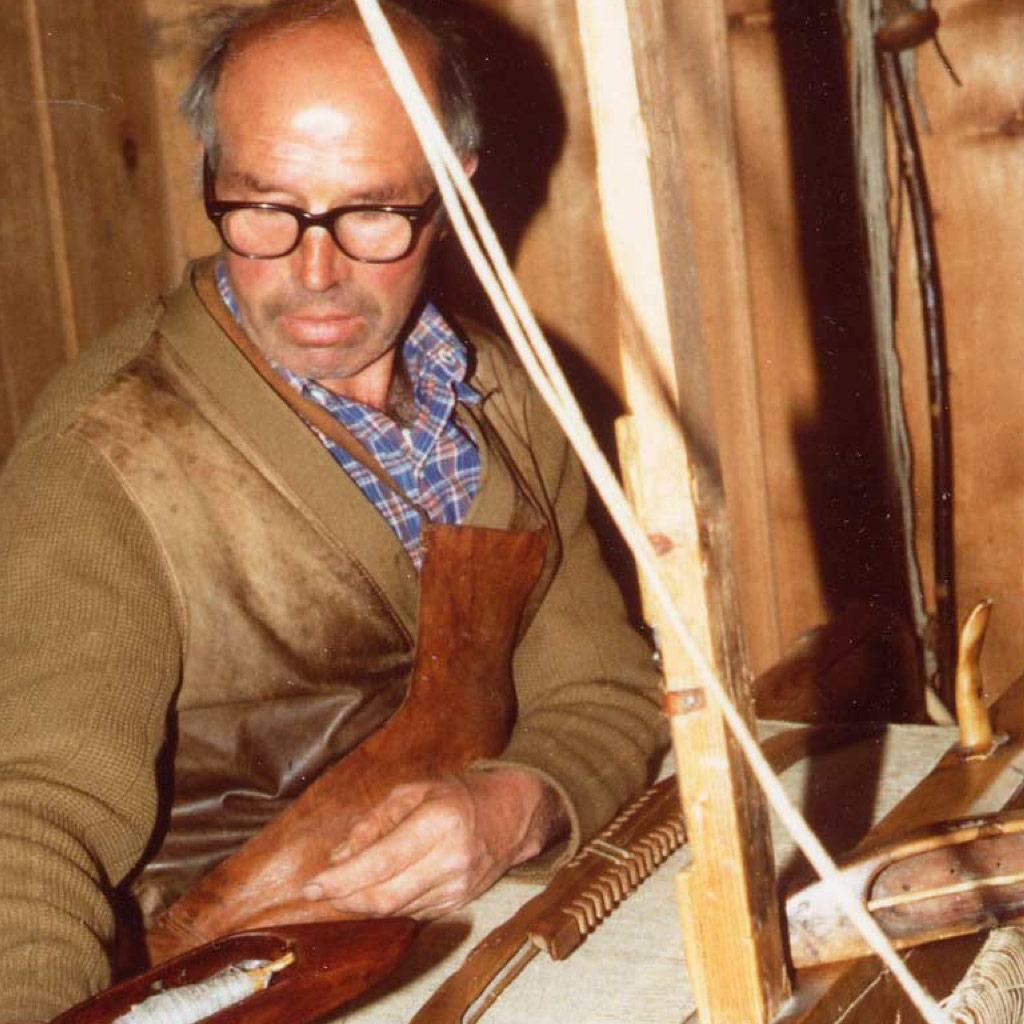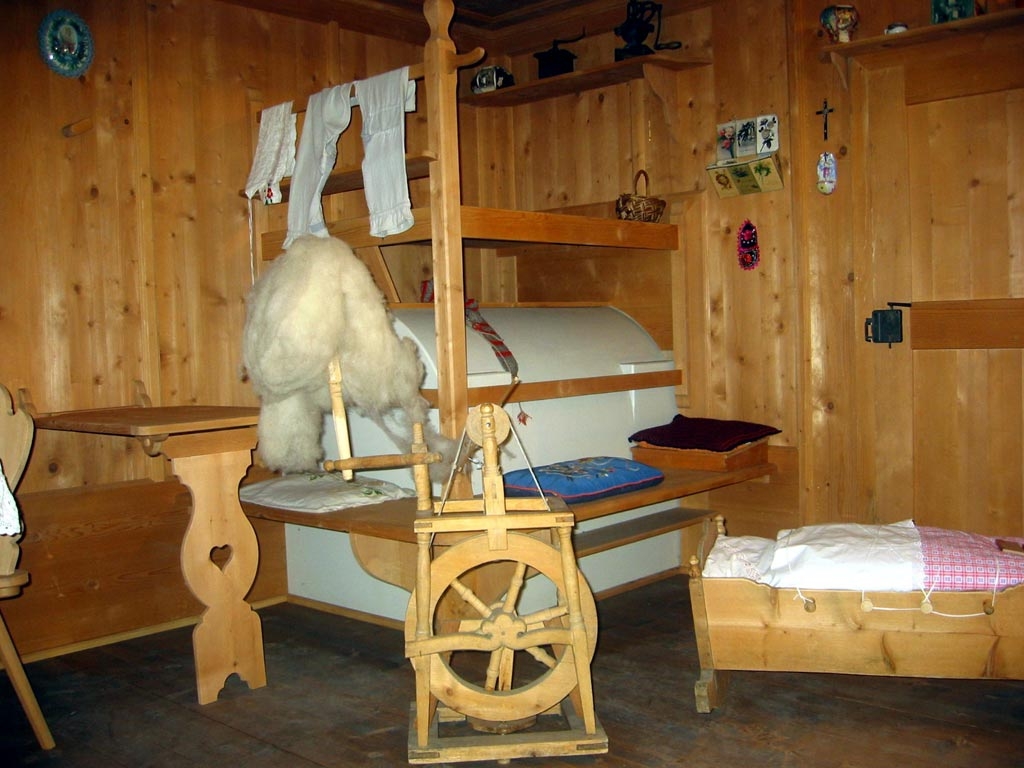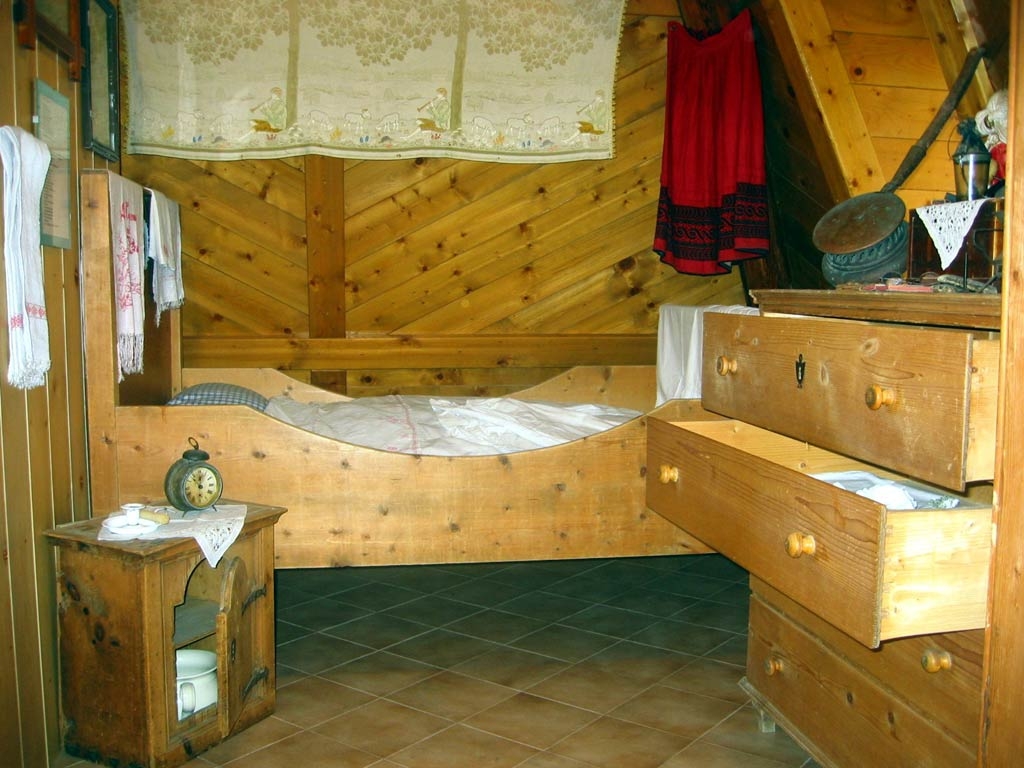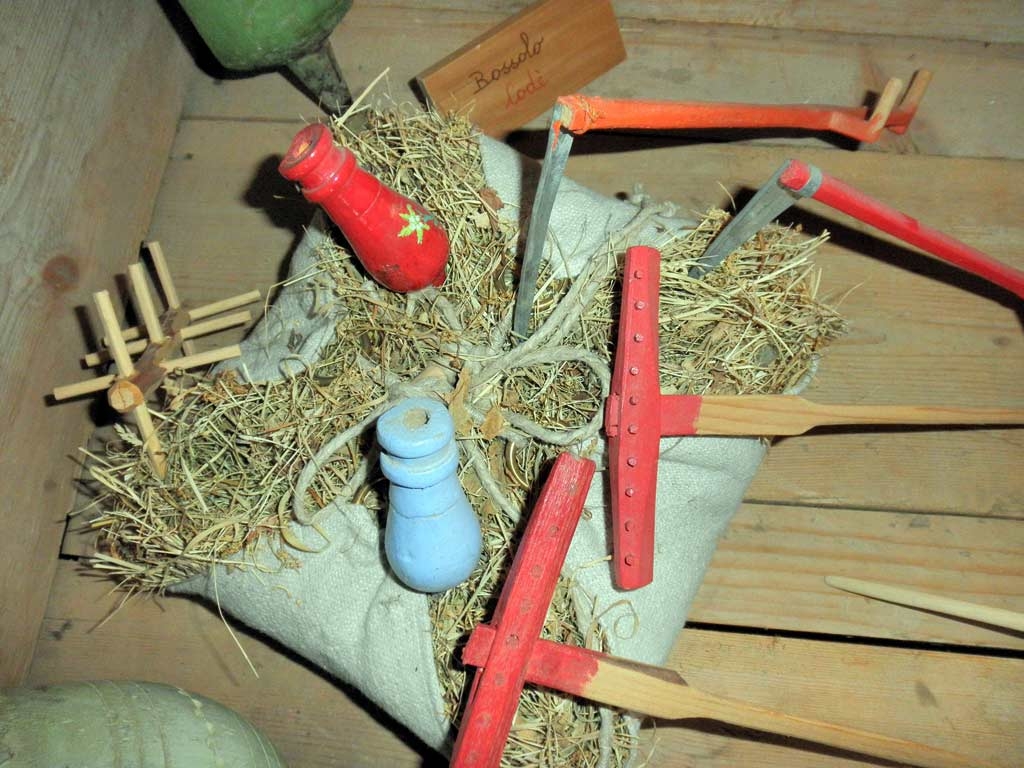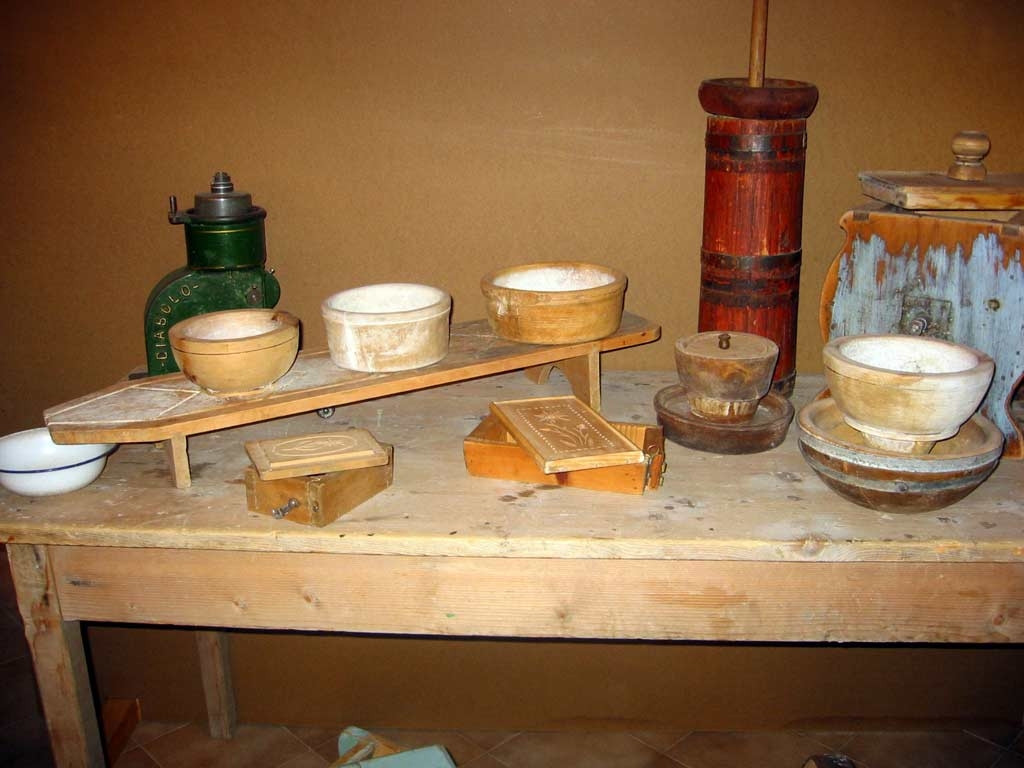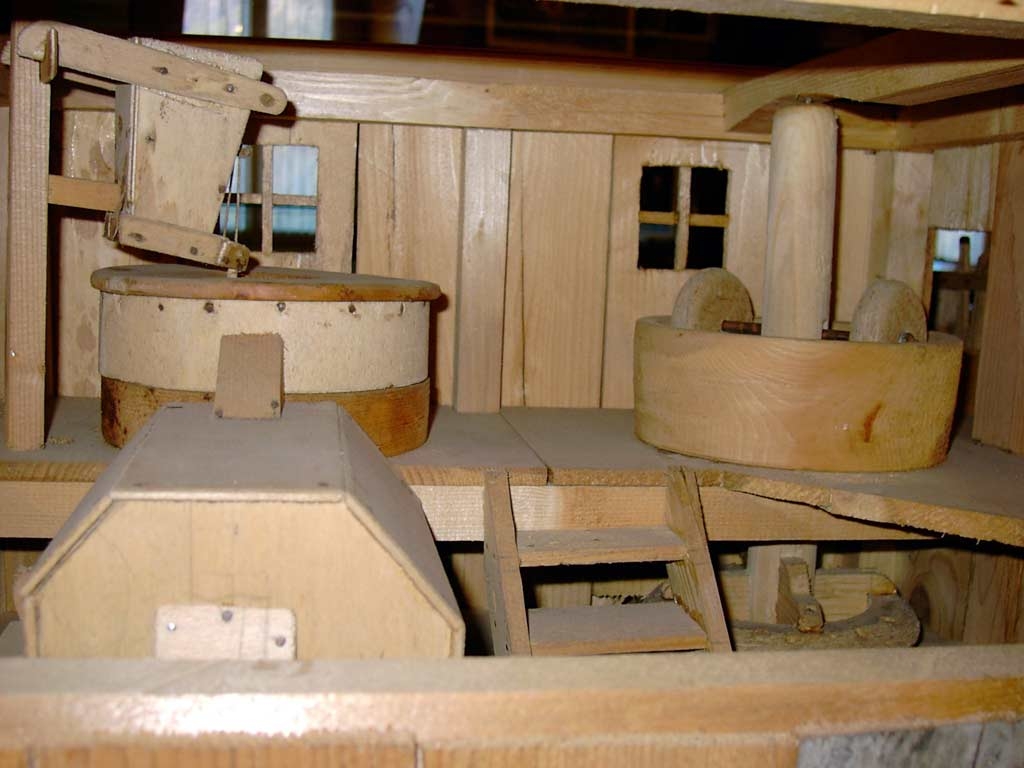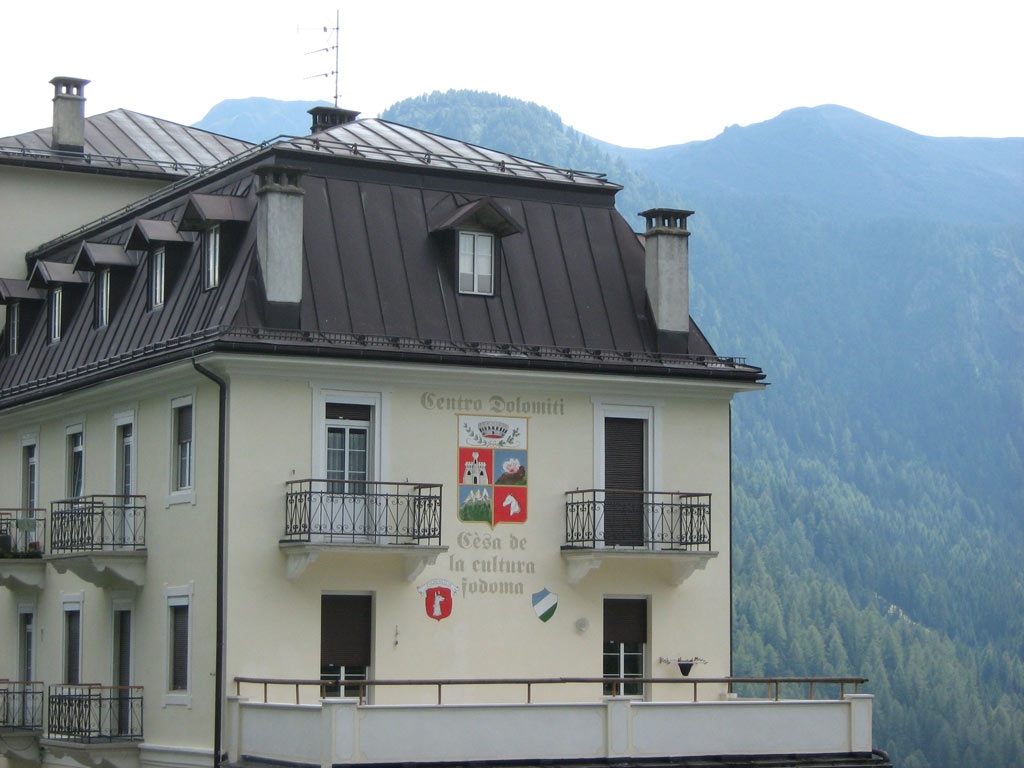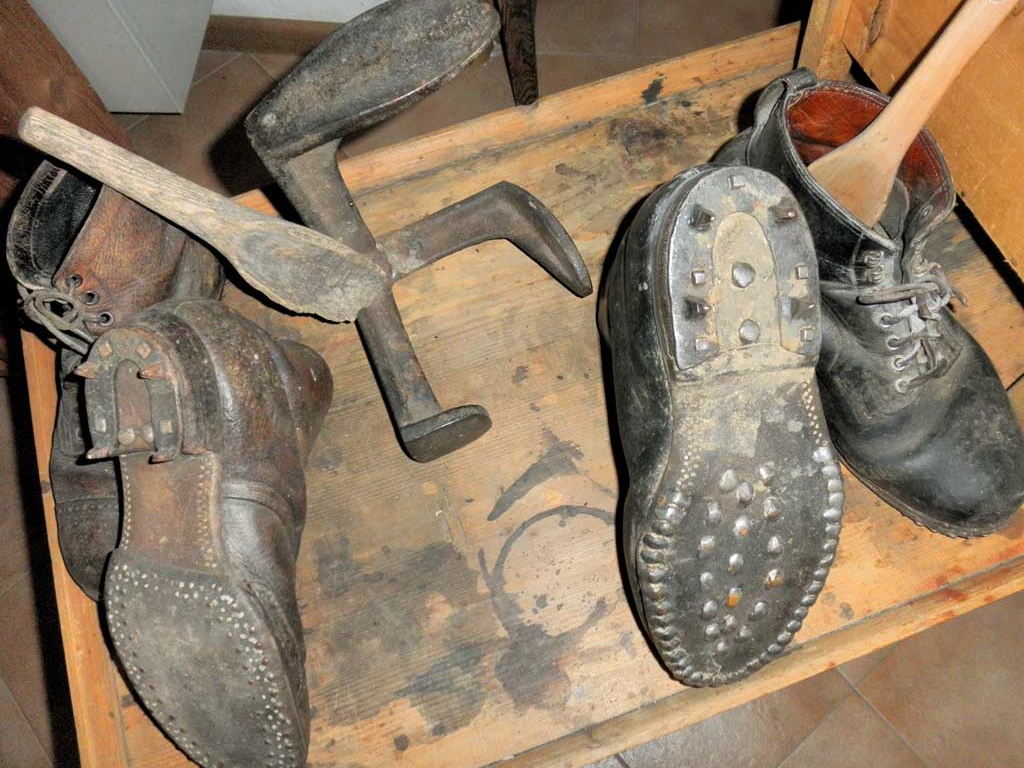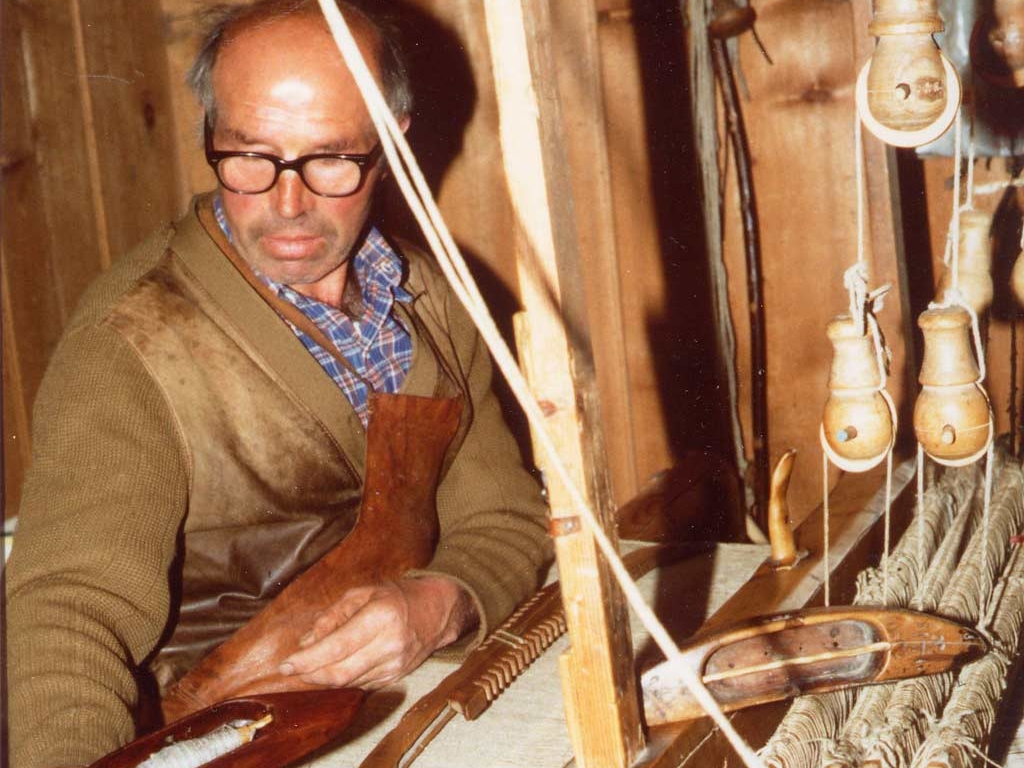The Museum of History, Customes, Culture of the Tradition of the Ladin People is located in the Municipal seat of the Municipality of Livinallongo del Col di Lana, near the square of Pieve di Livinallongo. This Ethnographic Museum offers four segments that provide a complete overview of the customs and traditions of the Ladin culture of Livinallongo, which until the end of the Great War was included in the ethnic group belonging to the so-called "Ladinia" (neo-latin language speakers who lived in the Austrian Empire and had Austrian customs) and was a part of the Austrian Tyrol. The inhabitants of this valley of the Dolomites have preserved still nowadays many of the original Ladin features, the most evident of which is definitely the dialect of the Fodom Valley.
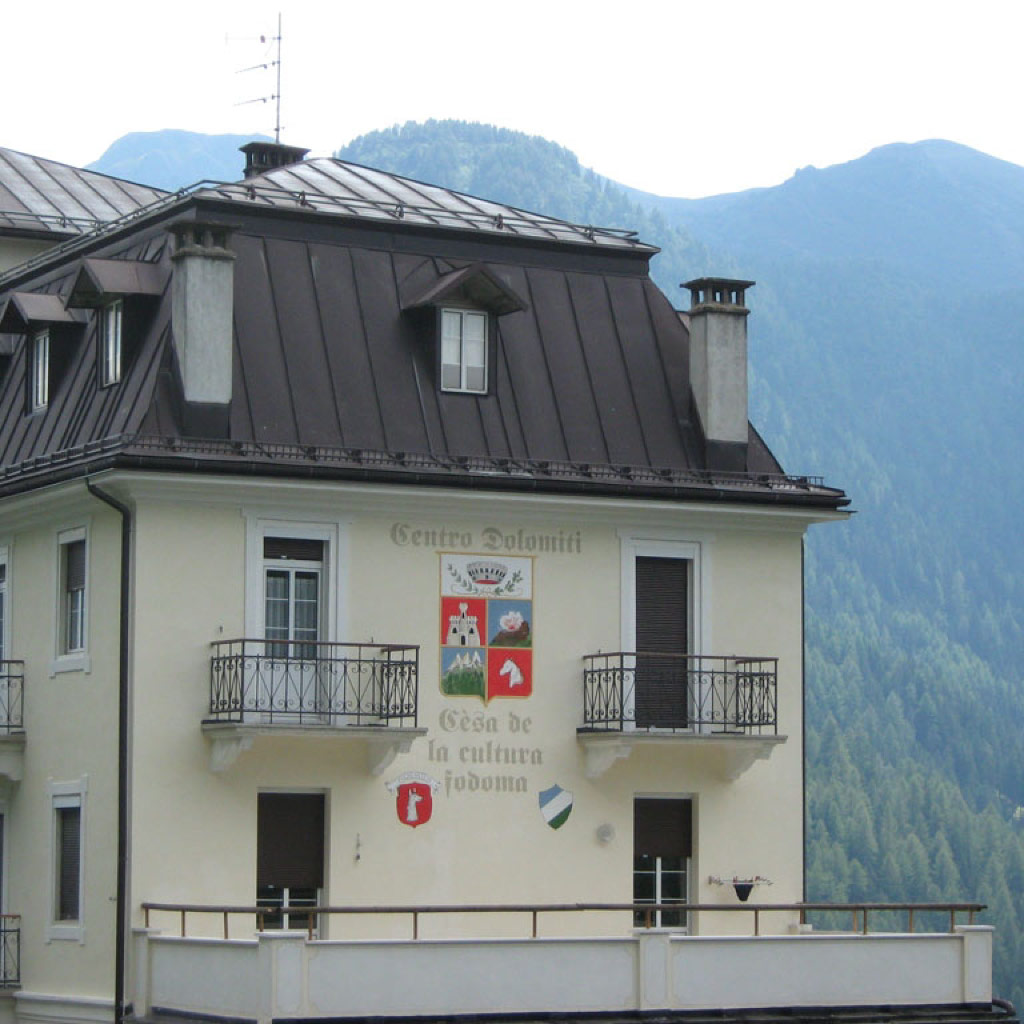
The first hall of the Museum presents the Ladin territorial system, the typical housing structures (the most famous of which is the so-called "maso chiuso",
a form of land and farm administration that did not allow the division between the various heirs but that imposed only the firstborn to inherit; this latter had to pay off the part of the brothers in cash), the community administration, religious and educational organization and the typical structure of a Ladin family.
a form of land and farm administration that did not allow the division between the various heirs but that imposed only the firstborn to inherit; this latter had to pay off the part of the brothers in cash), the community administration, religious and educational organization and the typical structure of a Ladin family.
The second hall displays objects and equipment relating to the various aspects of local economy: agriculture, forestry and crafts in wool, hemp, iron and leather.
The third hall is dedicated to the flora, fauna and geology of the territory
The last section focuses on the local history: this includes the history of the Andraz Castle and events from World War I, particularly on the Col di Lana, called after the sad events of the Great War "the Blood Mountain".
The collection of the Museum of History, Customes, Culture of the Tradition of the Ladin People adds up to about 2000 every-day items, tools and photographic testimonials which have been donated throughout the years by the local population and collectors. In order to obtain information about the opening times, it is advisable to contact the Municipality if Livinallongo del Col di Lana at the following contacts:
Municipality of Livinallongo del Col di Lana
